Chapter 1, Part 14
In the early 12th century AD, the prosperous and powerful kingdom of Bagan was on the verge of years of political instability. Narathu, who by now ruled the kingdom, ascended the throne by assassinating his own father, Alaungsithu, and his older brother, Min Shin Saw, rendering the new king deeply unpopular.
Contrary to his father who traveled extensively to the far-flung regions of his kingdom, Narathu chose to stay in his palace most of the time, probably understanding how much his people despised him. He did try to redeem his acts of evil by commissioning the construction of what would be the biggest temple ever existed in the kingdom: Massiveness that is Dhammayangyi.
During its construction, it is said that Narathu was displeased by some Hindu rituals conducted around the new temple. One of the people who performed such practices was the princess of Pateikkaya, a tributary kingdom from the west near present-day Bangladesh. The king, despite his effort to repent the killings he did, resorted to the only way he knew to get rid of people he detested, and the princess was murdered.
Upon hearing the news of his daughter’s death, the king of Pateikkaya secretly sent eight of his men disguised as Brahmins (Hindu priests) to assassin Narathu. After three years in power, the king of Bagan’s reign ended in the same fashion as his father’s. Narathu was later nicknamed Kalagya Min, ‘the king who was killed by Indians’.
However the curse didn’t seem to cease after Narathu’s death, for Naratheinkha, his son who ascended the throne following his father’s death, also ruled Bagan only for a brief period of time before being murdered.
Naratheinkha, the eldest son of Narathu, became the new king of Bagan and brought about reforms to the kingdom. The appointment of his younger brother, Narapatisithu, not only as the crown prince but also as the commander-in-chief was unprecedented in the history of Bagan, one of the decisions that helped the new king gain popularity and respect. However Naratheinkha would soon jeopardize his own reputation for claiming what was not rightfully his.
Young Weluwaddy was first presented to Naratheinkha by a local chief. Unimpressed, the king then handed the young woman to his brother who would later marry her. However as she grew up she became more beautiful and radiant, and soon enough she caught the king’s attention. In a crafty way to seize his brother’s wife, Naratheinkha sent Narapatisithu to a far region of the kingdom to quell a rebellion, which turned out to be a false one. Upon finding out about this fact and hearing the news of what the king did to his wife, the crown prince sent one of his generals to return to the palace and assassinate his brother. After only three years in power, Naratheinkha’s rule in Bagan ended in the same way his grandfather and father’s reigns ended.
Narapatisithu claimed the throne of Bagan and became a powerful king who would rule for almost four decades, ending a turbulent period in the history of the Buddhist kingdom. Following in the footsteps of other great kings before him, Narapatisithu cemented his power through the construction of impressive temples. The beautiful and elegant Sulamani was the architectural jewel of his rule, in spite of its smaller size compared to Dhammayangyi.
Continuing what his great great grandfather, Kyansittha, had pioneered, Narapatisithu promoted Burmese culture and script to replace those of Mon and Pyu which had dominated Bagan for centuries. Nevertheless, he emphasized on peaceful coexistence with the Mons as well as with other ethnic groups within his realm as opposed to oppressing them.
One of the significant people Narapatisithu successfully reconciled with was Nagathaman, the grandson (or grand-nephew according to other sources) of Manuha, the last king of Thaton. More than a century earlier the founder of Bagan dynasty, Anawrahta, defeated Manuha and incorporated Thaton into the new, rising kingdom of Bagan. But during Narapatisithu’s rule not only could Nagathaman live peacefully, but he was also allowed to build a temple: Nanpaya.
There are conflicting historical accounts regarding the temple. Some say it was Nagathaman who built Nanpaya, others believe it was Manuha himself. Some argue that the temple was at first built as a Hindu shrine, but others do not agree with this theory. Whichever argument one chooses to believe, Nanpaya is generally regarded as an evidence of peaceful coexistence between the Mons and the Burmese.
Narapatisithu died in the early 13th century, leaving his son and successor, Htilominlo, not only a stable kingdom, but also a tremendous challenge after centuries of ceaseless construction of colossal and magnificent temples. The sun was about to set on the horizon.
Click here for the full list of stories from the Spice Odyssey series.
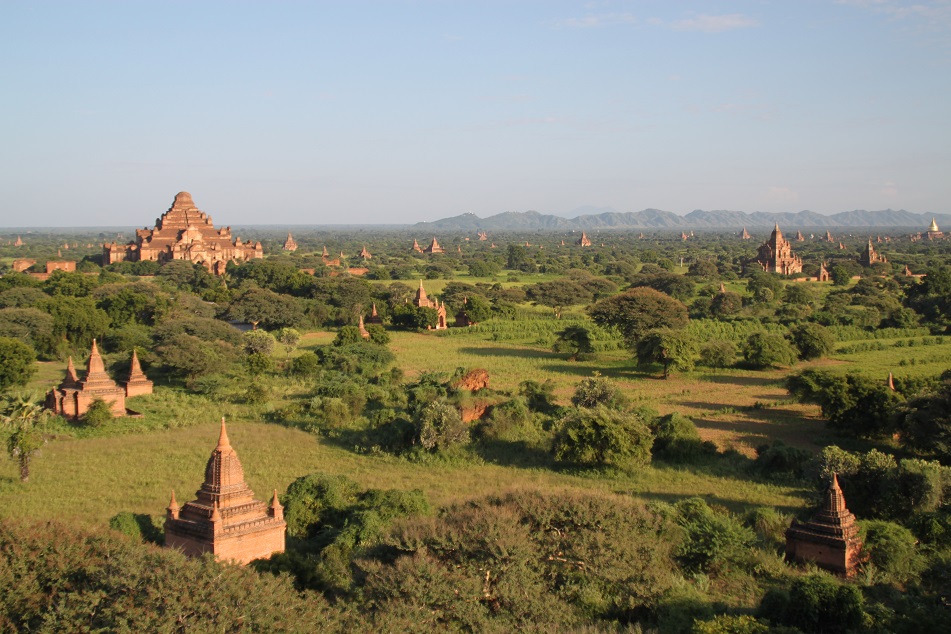
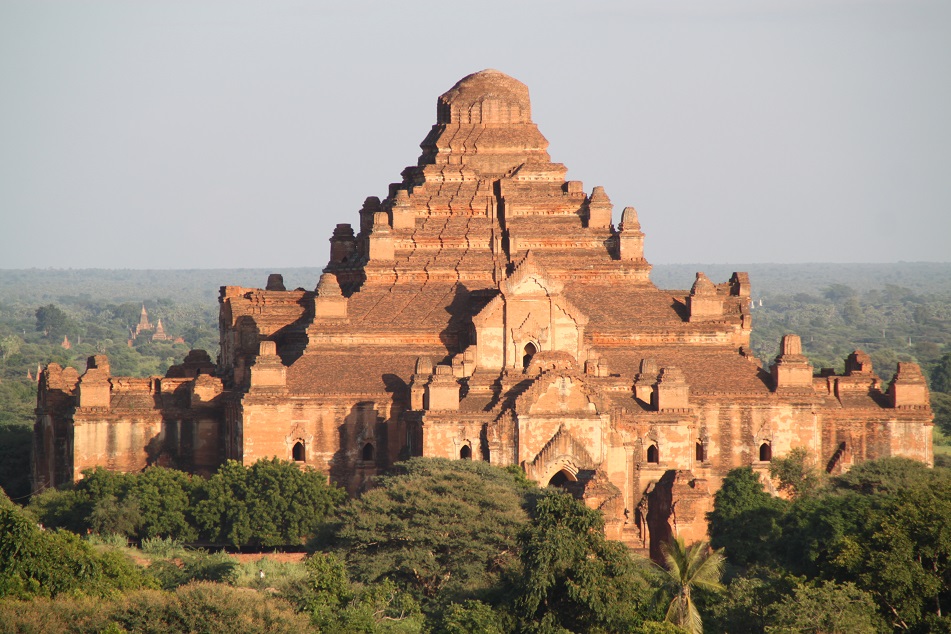
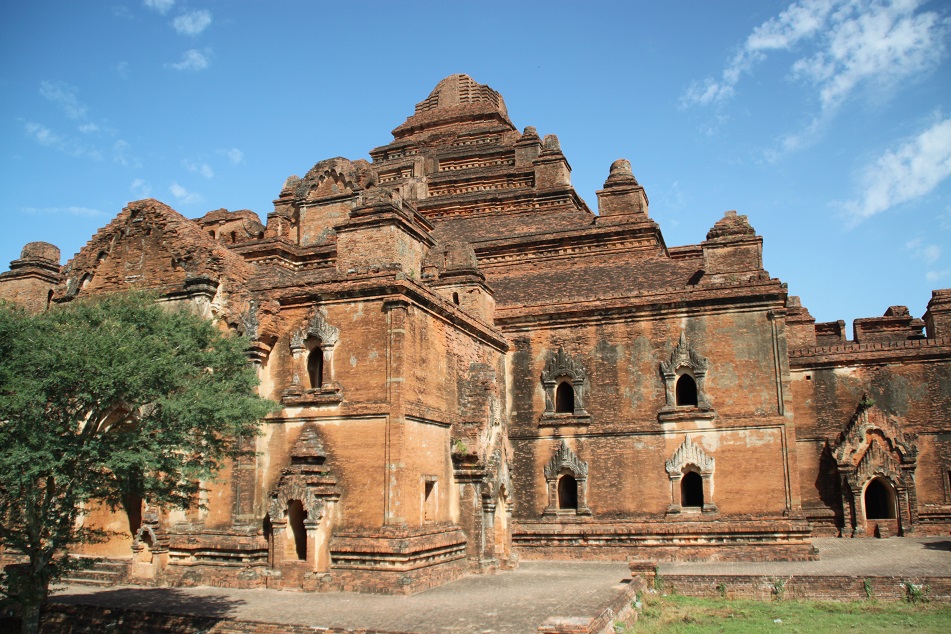
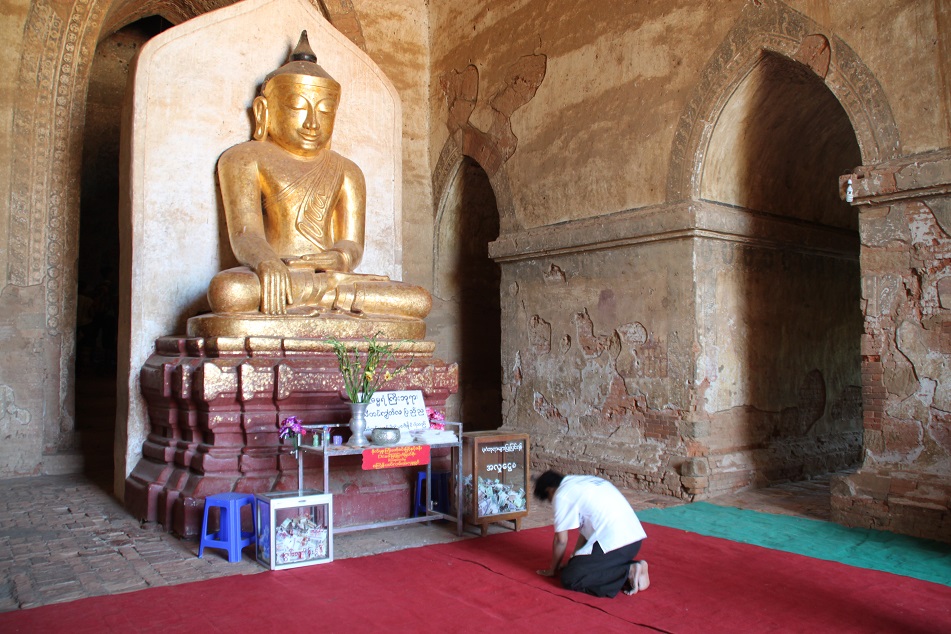

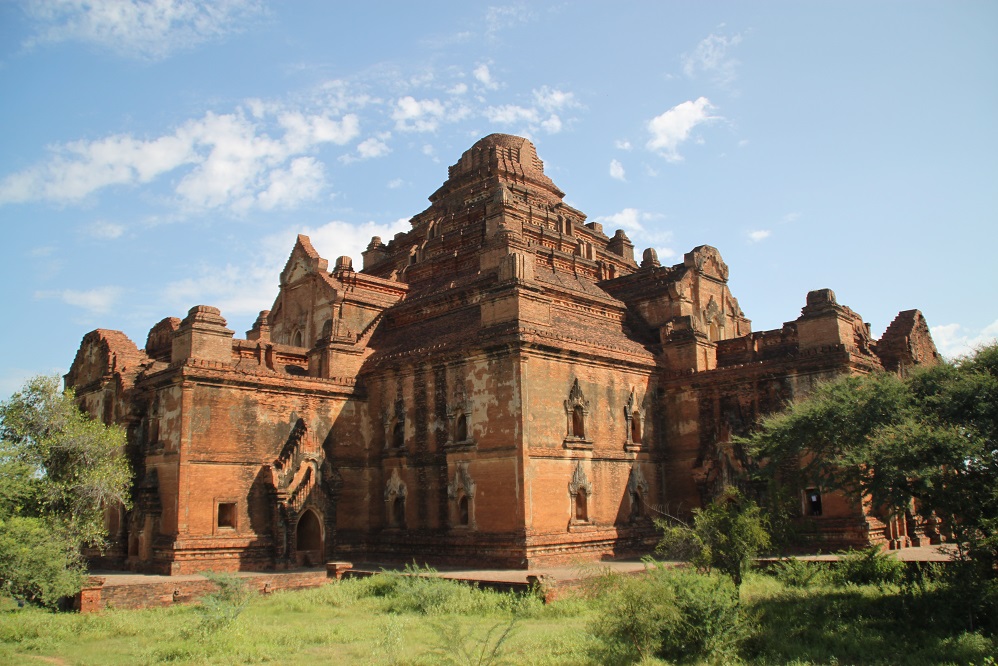
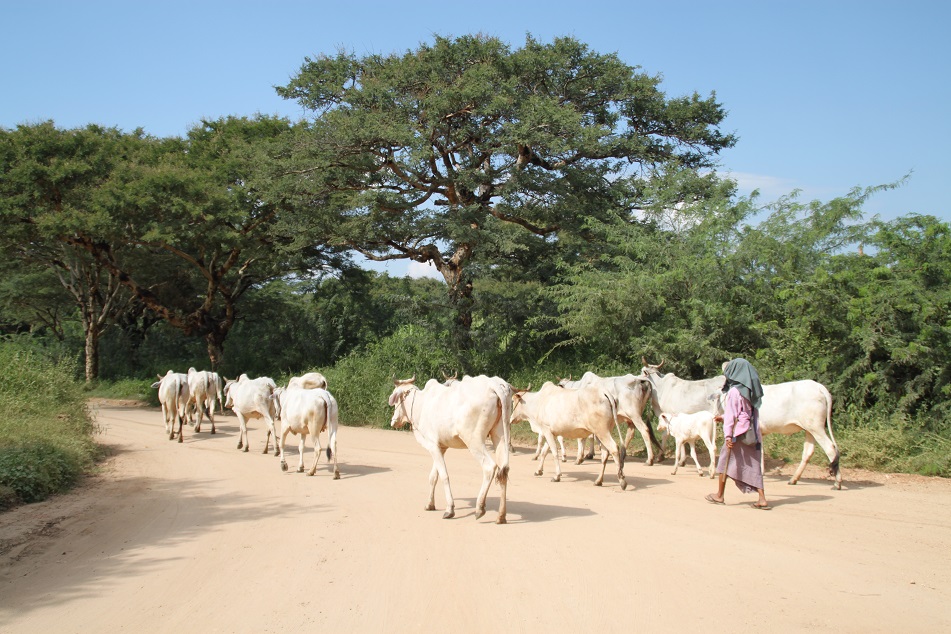
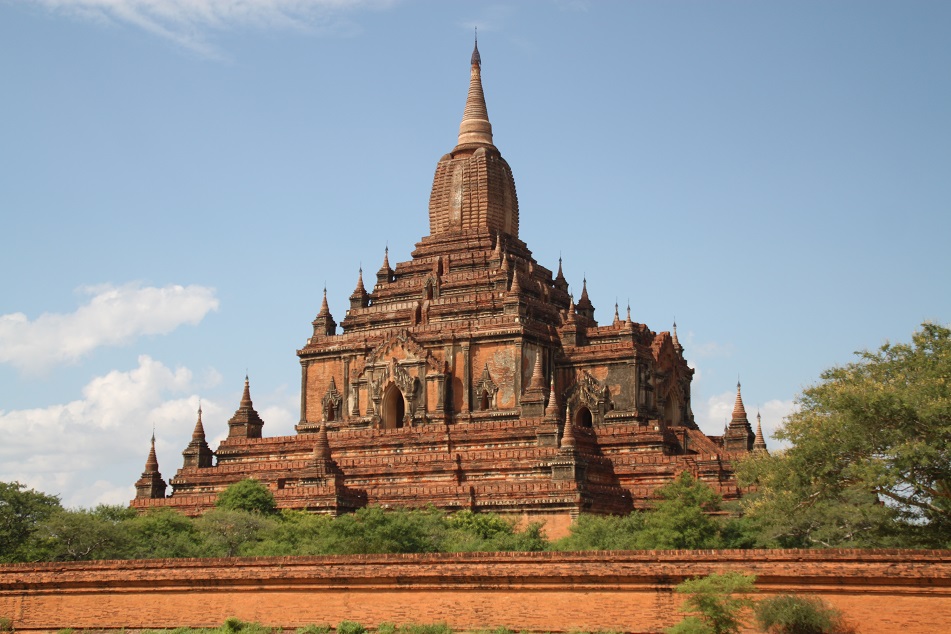

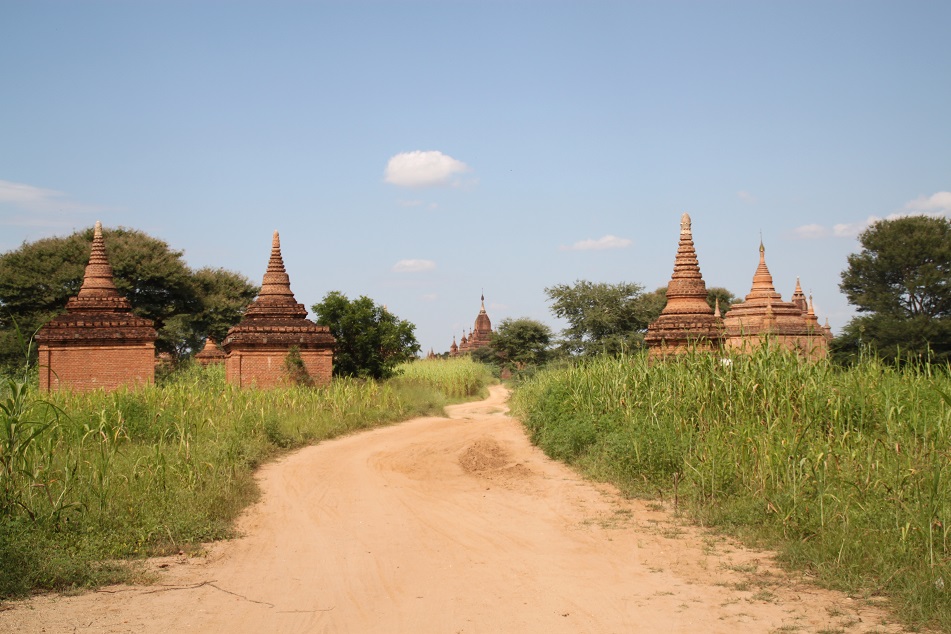
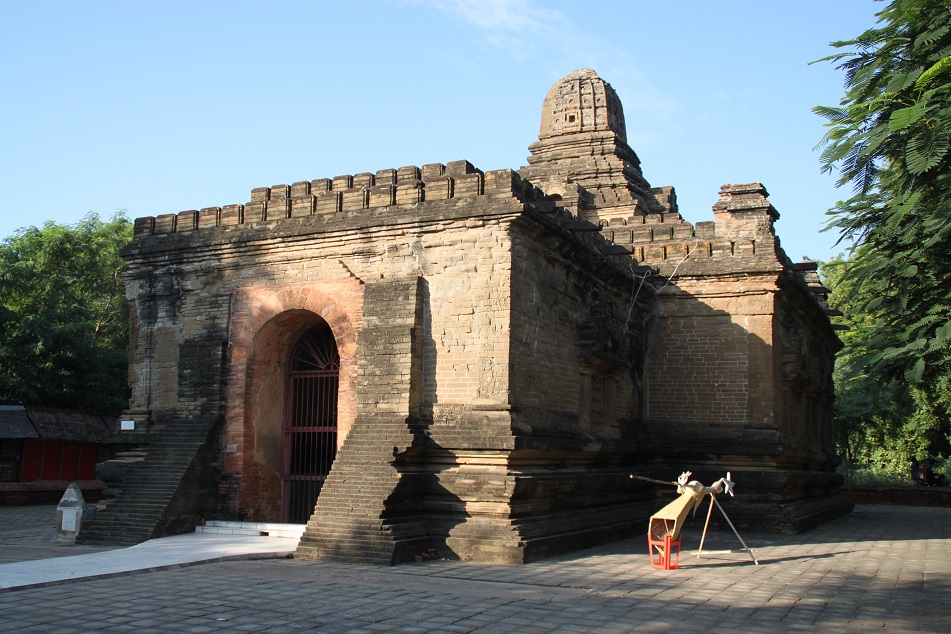
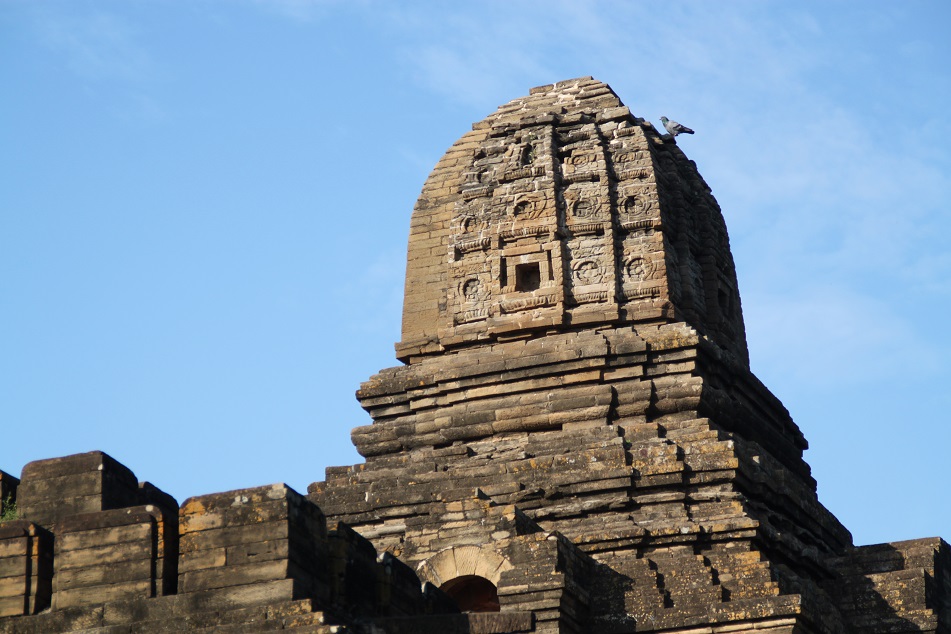

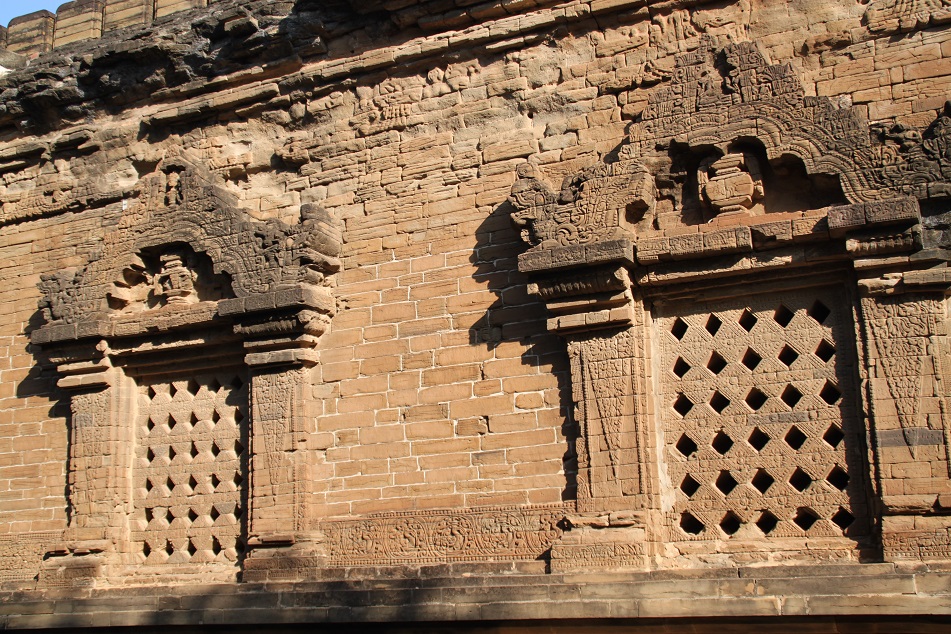

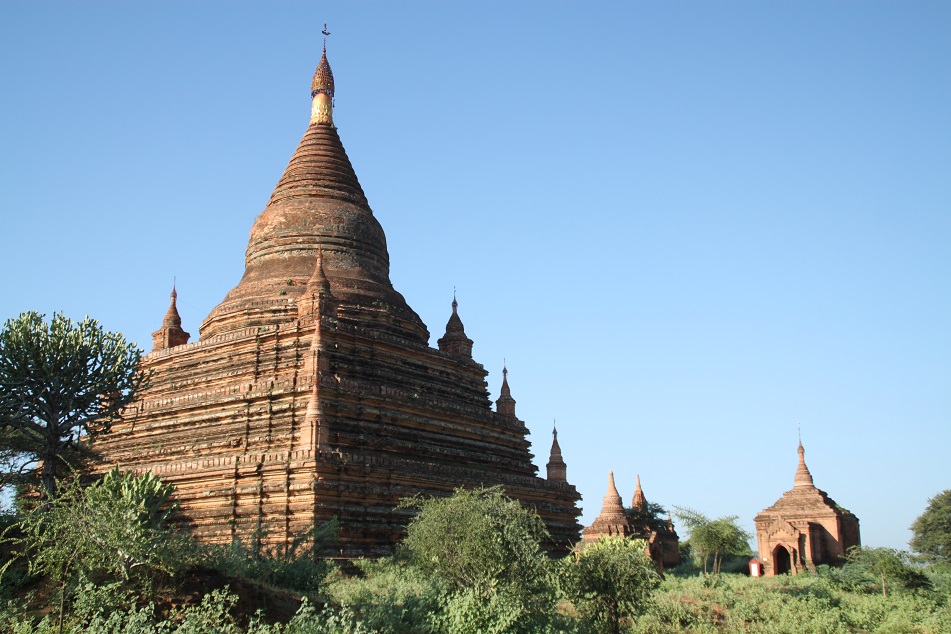
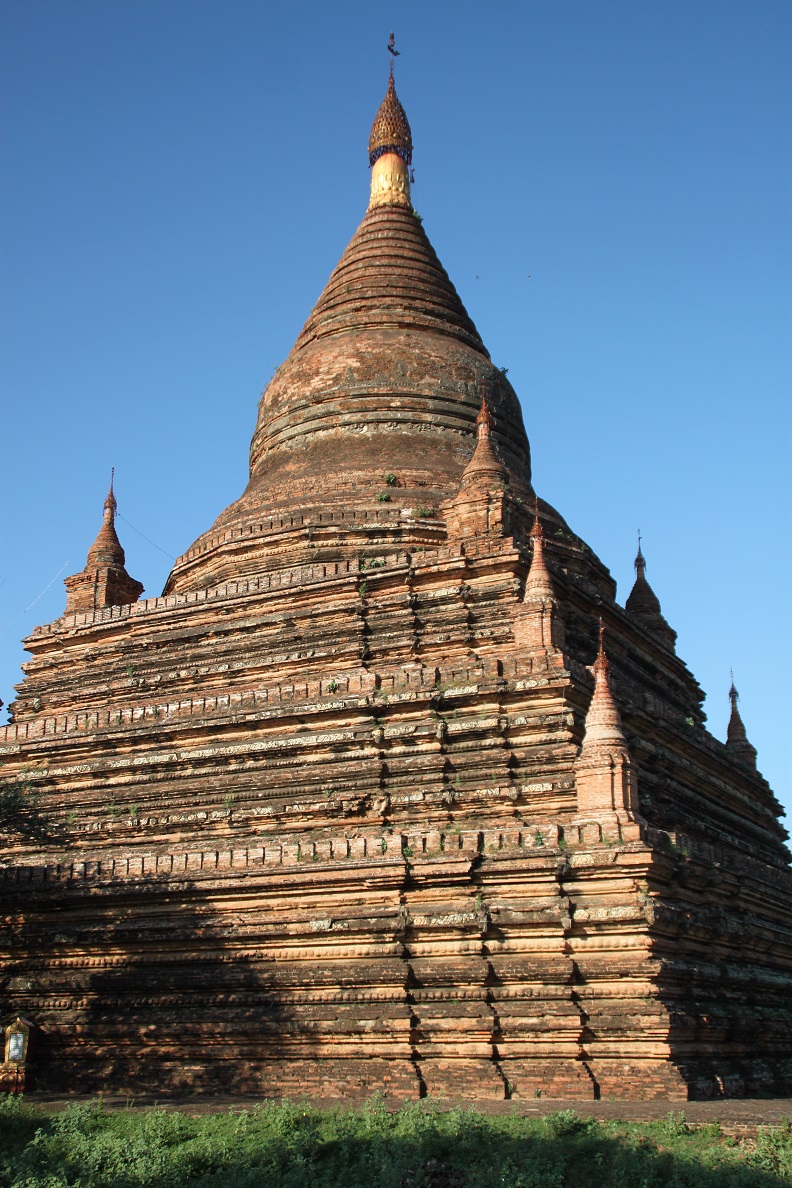
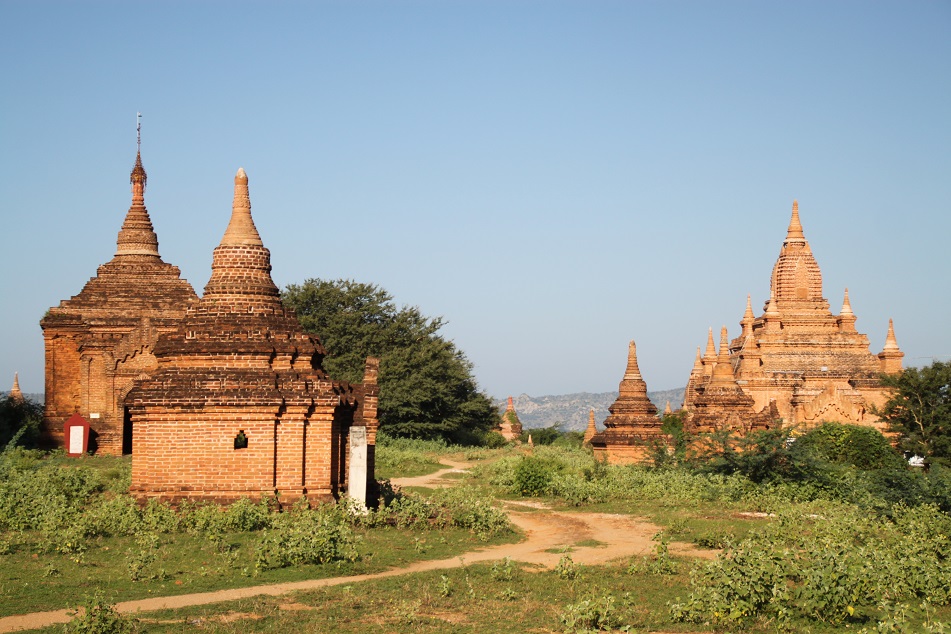

Fantastic post, your photos are brilliant. I loved Bagan when I was there in 2012, one of my favourite places, it has been a happy memory reading your posts. Thanks:)
LikeLike
Hi Phil, you’re very welcome and thank you for your kind words. I’m glad this post brought back good memories of your trip to Bagan. I wonder how much has changed since your last visit.
LikeLiked by 1 person
You had a nice clear sky, that was one difference !!
LikeLike
It was overcast on my first morning, but the weather improved later on and remained nice until the end of my stay in Bagan.
LikeLiked by 1 person
Wondeful photos, interesting history 🙂
LikeLike
Thank you, Qy. 🙂
LikeLike
Great! Life is an adventure when travelling! 😍
LikeLike
There’s only one way to get to know the world and its people better: traveling. In a time like this when suspicion is the new norm, we all need to travel more to understand other cultures and connect with ordinary people around the world.
LikeLike
Great post Bama. What a bloodthirsty power hungry lot they were. I especially like the photo of the dog in the hallway. We loved Bagan – spent three days there and explored all over, but of course you never get to see everything.
Alison
LikeLike
Thank you, Alison. Power has been (and will always be) one of the biggest drives for people to do the unthinkable, from building colossal monuments to murdering one’s own kin. When conscience is added, it will make a huge difference. That dog really found a nice home in Dhammayangyi – its multiple vaulted corridors would protect it from the sun and the rain. I think three days is a decent amount of time to spend in Bagan, but of course, to see everything probably one has to actually live there.
LikeLiked by 1 person
Aaargh… reminds my memorable visit to the Bagan!
BTW, although I heard about Dhammayangyi as the haunted temple, I felt uneasy when I was alone in Sulamani which could make me as a fast runner hahaha.. *unimportantcomment
LikeLike
Oh, I didn’t know about Dhammayangyi’s reputation as a haunted temple. But I usually found out about such thing only after visiting the place myself. Sulamani was indeed quite deserted – there were less than five people when I was taking photos there. Were you alone when visiting the temple?
LikeLiked by 1 person
Yes and no haha… at first I was alone when entering Sulamani, then I met a Japanese who looked at the wall paintings using a flashlight on the halfway, then alone again… and that’s the time for me to be a runner hahaha… never felt like that before in temples. But it’s okay-laah, part of the travel stories, Bama 😀 drpd dikasih liat kayak di angkor hahaha
LikeLike
Di Angkor pernah liat mbak? :O Di Angkor Wat-nya atau dimananya? Duh, untung aja saya gak bisa liat, gak bisa ngerasain yang gitu-gitu.
LikeLiked by 1 person
Bukan di angkor wat sih tp di preah khan, iya mending ga liat, ga rasa deh… bikin males hahaha…
LikeLike
Iya, mendingan gak tau sama sekali. 😀 Hidup di dunianya masing-masing aja dengan damai.
LikeLiked by 1 person
Excellent photos
LikeLike
Glad you enjoyed them, Mallee. Thanks!
LikeLiked by 1 person
Those structures are so beautiful it is difficult to imagine they are possible. Architectural poetry. I am always curious as to why the Egyptian pyramids were so popular when I was a kid when there are so many more beautiful examples out there in the world. Thank you for the lovely photos.
LikeLike
I guess it’s because the Egyptian pyramids are so old (built more than four thousands years ago) and they were mentioned in Greek tales as well as in Abrahamic religions scriptures, not to mention all those Hollywood movies about mummies and pharaohs, making us so familiar with them. But as one travels, he will realize the world is filled with so many incredible architectural heritage, created from local people’s ingenuity, as well as cultural exchanges among nations in the past. Thank you for reading and leaving your thoughts.
LikeLike
I cannot wait to see these places in person some day… the photos are beautiful, but I love the stories along with them, it gives such a wonderful sense of the place 🙂
LikeLike
Sure you will, Jess. Myanmar is not that far from Australia anyway. 🙂 The reason why I added historical perspectives to this post is just exactly like how you see it, so I’m glad you enjoyed them. Thanks!
LikeLiked by 1 person
The sun loves you, Bama! You always seem to catch these magnificent structures with just the right light on them … AND you are obviously a talented photographer who knows how to capture that light just right. Even the dog is perfectly illuminated there in the dark hallway. Your knowledge and learning about these places is also impressive! Can’t wait to go here myself one day.
LikeLike
I couldn’t believe my luck, Lex. Throughout my six-month journey last year, the weather was mostly nice in most places I went to. I was a bit worried on my first morning in Bagan because it was overcast and those ancient temples looked different without the sun. But as the day progressed the lighting was more conducive for photography. That’s really kind of you to say, Lex, but really, if you saw my photos six years ago… ugh. 😀 We all learn as we grow, don’t we? I have a final post on Bagan coming soon, with some of my favorite photos from Bagan. Hope you make it to Bagan in the near future, Lex!
LikeLiked by 1 person
Wonderful sequel Bama. Sulamani has to be the most beautiful of the larger pagodas. Love the angle of the opening shot of Dhammayangyi. How did you manage that?
LikeLike
Thanks Madhu. I still have one more post from Bagan (with some of my favorite shots during my four-day stay), so bear with me. 🙂 I took that shot from Shwesandaw. The big temple on the right is the one most people take photo of (for a closer look: the second from last photo in my previous post). I took way too many photos to get the ‘right’ angle for that photo.
LikeLike
I enjoyed the history lesson, Bama. The idea of killing your siblings seems unthinkable now, but when you’re vying for the throne of a large kingdom, all bets are off. As they say, power corrupts and absolute power corrupts absolutely. Dhammayangyi was one of my favourite temples in Bagan – I was awestruck by its sheer scale and I liked the fact that it wasn’t overzealously restored. The photo of the dog in the temple corridor is a great one; he gives us a sense of scale and I love how the sunlight casts his shadow on the wall. As Madhu said above, that first shot of Dhammayangyi is also superb. I wish my lens could zoom that far.
LikeLike
I’m glad you did, James. It’s harrowing to learn what some people in the past did to get into power, luckily we never hear such fratricide again today though. Did you know that Dhammayangyi used to have a pinnacle similar to other temples in Bagan? It collapsed due to an earthquake I think, and you’re right, Dhammayangyi was fortunately not overzealously restored like Ananda to some extent. Ahh, now I remember about zooming in the landscape to get that photo. I guess the bright side of having to buy a new lens in Ambon was that I could use it to take such photos in our last three months of travels.
LikeLiked by 1 person
Bama…oh yeah, you have captured the place very well here. Love your photos, so crisp and clear. How did you get that second one of Dhammayangyi? Telephoto…from same place as the first one, in the distance? And right…I was there at a not-so-good time: it was brown, dusty, and filled with kids off school, and families on vacation at that time of year. Your histories bring the place alive, truly like how you weave all this stuff together.
LikeLike
Much appreciated, Badfish. I did take the first and second photo from Shwesandaw, and for that close up photo of Dhammayangyi I used a telephoto lens. I guess Bagan can be either very green or very brown depending on when you go. Maybe you should give those ancient temples a second chance? Thanks for following this series, Badfish.
LikeLiked by 1 person
The guidebook said it was a good time to go…I guess everything is relative. At least it wasn’t raining.
LikeLike
Not to mention climate change — some people I met during the trip recalled how different the seasons were decades ago.
LikeLike
Pingback: The Great Heritage of Polonnaruwa | What an Amazing World!
Good story telling, Bama. The history reminds me of an HBO’s popular series, Game of Thrones 😀
Magnificent architectures!
LikeLike
Thank you, Nugie. Ahh, Game of Thrones, it’s one of those popular series I have yet to watch. 🙂 Power and intrigue usually go hand in hand, indeed. Bagan’s ancient temples are both impressive and inspiring!
LikeLiked by 1 person
Pingback: Bagan: An Empire in Decline | What an Amazing World!
I am forever in awe of your knowledge of history and ability to relay it to your readers in a captivating way. Thanks for the history lesson! We didn’t see Dhammayangyi when we were there, despite it being the largest temple. But then again, there are so many temples … it would take a very long time to see them all! Love seeing the ones you visited.
LikeLike
Kelly! Thanks for the kind words, as always. Yes, there are so many temples in Bagan, more than 2,000 actually. Dhammayangyi was impressive due to its size, and you still can see fading frescoes inside. But it was the smaller temples at Minnanthu at the outskirts of Old Bagan that really captivated me, all adorned with beautiful carvings and intricate frescoes.
LikeLiked by 1 person